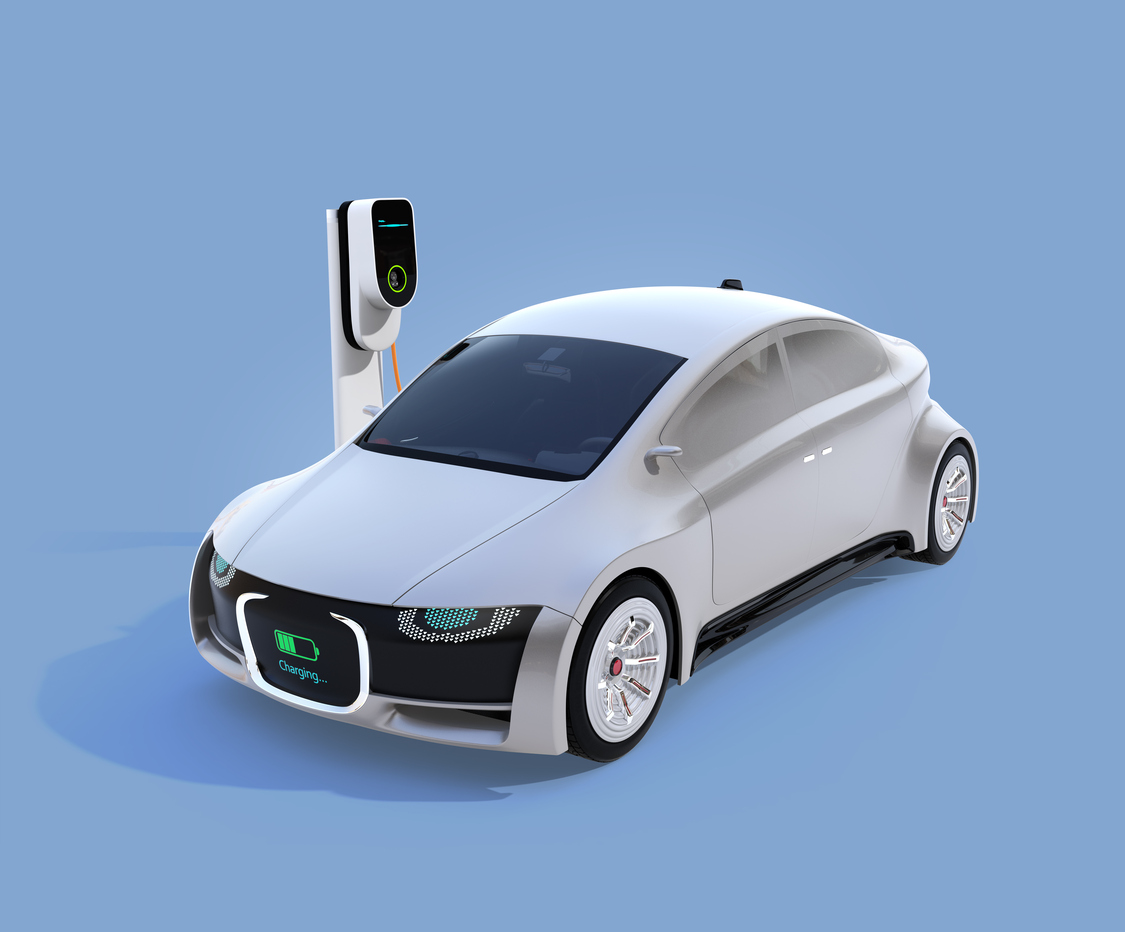2023/02/17
BYD’s Official Entry into the Japanese Market: Does the Actual Launching Trigger a Boom in Japan’s Domestic EV Market?

(The original article in Japanese was posted on February 3, 2023)
On February 2, the first authorized dealership of BYD Company Limited, a Chinese Electric Vehicle (EV) manufacturer, opened in Yokohama, marking the company's official entry into the EV passenger car market in Japan. The first model offered for sale is the "ATTO 3”, a sports utility vehicle featuring a driving range of 485 km and equipped with 150 kW motor. The model, receiving a five-star safety rating (the highest rating) by Euro NCAP (New Car Assessment Program), enjoys a favorable reputation for its design created by a world-famous designer Wolfgang Egger who has successful experiences in Alfa Romeo and Audi models. The attention-seeking selling price of ATTO 3 is ¥4.4 million in Japan, a 20% less than EV offerings from rivals such as Nissan Motor’s Ariya and Tesla’s Model Y. The cumulative global shipments as of the end of FY2022 attained 202,000 units. ATTO 3 has been launched in the markets in Australia and Thailand and is formally scheduled to go on sale in nine countries in Europe. It is truly a flagship model that represents the company’s global strategy.
The BYD’s strategic development in the Japanese EV market is traced back to the first sale of electric buses in 2015. Since then, the company promoted the product sales in Japan including electric forklifts in 2020 and a compact crossover "e6" vehicle in 2022. Especially, the “e6” attracted media attention when a cab company in Kyoto purchased “e6” vehicles as taxicabs. On the other hand, at present, BYD as a passenger EV brand has the least public recognition in Japan. This gap is attributable to unignorable adverse factors for the Chinese company such as people’s persistent bias against Chinese products as well as the unstable political situations. However, considering the fact that the size of the Japanese EV market is quite small compared to that of European countries, the U.S., and China, the company must have taken into account the short-term tough struggle in entering into the Japanese market. While selling cars through online platforms is not taken as a main sales channel, a business plan “to set up over 100 dealerships in Japan by the end of 2025” is formulated on the premise of a long-term strategy. For that matter, I can perceive a sheer determination of the company.
BYD held the world’s second-largest market share in the first half of 2022 after Tesla, Inc. The impressive growth was partly supported by the company’s successful management of a supply system amid a global supply chain turmoil. In fact, the BYD’s unique business model made the stable supply possible, that is, the company develops and manufactures key components in-house, including batteries (the company originally started in battery production), motors and power semiconductors. However, the remarkable growth is essentially derived from the international recognition that the BYD vehicle gained in terms of its high level of perfection as a passenger car. It is not an exaggeration to say that the company has expanded its presence in the global EV market much further than the Japanese competitors.
On January 26, Toyota Motor Corporation announced its executive structure change to be implemented on April 1. President and Chief Executive Officer Akio Toyoda will step down from his post, to be replaced by current Operating Officer Koji Sato, according to the announcement. Starting to say, “I myself am a carmaker no matter how far I go,” Mr. Toyoda explained the main reason for passing presidency to Mr. Sato. He also said he is “from the old school” and “The best way to advance transformation further and fully change Toyota into a mobility company is, for me, to step down from my position.” Incidentally, on January 30, Nissan Motor Co., Ltd. announced that the company had reached an agreement with Renault Group on capital alliance negotiations and that both parties would retain a 15% cross-shareholding, making themselves more equal partners. At the same time, this indicates the end of the strategy that focuses on corporate value enhancement through size-wise expansion led by the former Chairman Carlos Ghosn. Obviously, it reflects these Japanese automakers’ anxiety about how they can survive the period of a "once-in-a-century overall transformation.” What is required is the ability to create innovation and a sense of fast speed that never fails to catch up with or even lead the trend of the time. Technologies used for the next-generation automobiles are still in the midst of progressive conversion. I’m hoping to see their business resilience to take a turn for the better.
This Week's Focus, February 3
Takashi Mizukoshi, the President